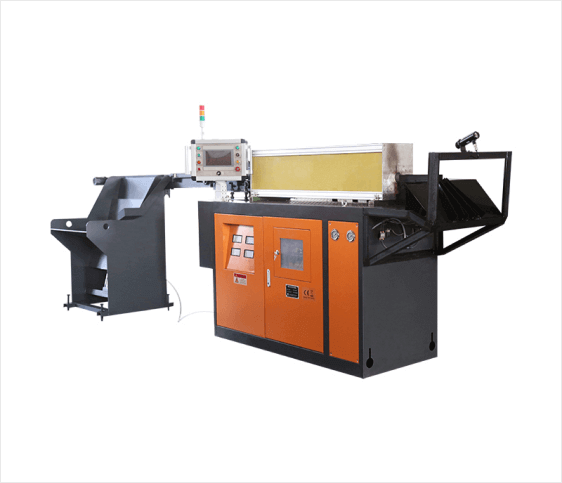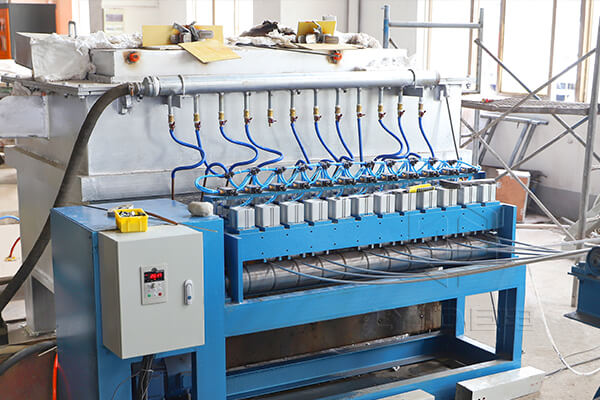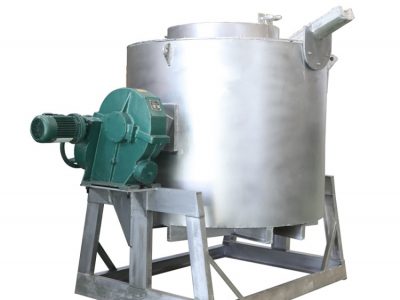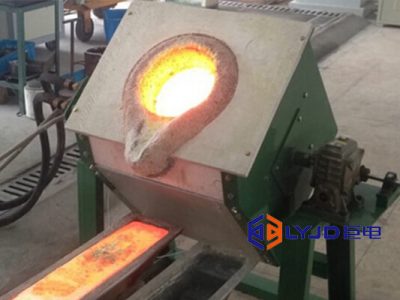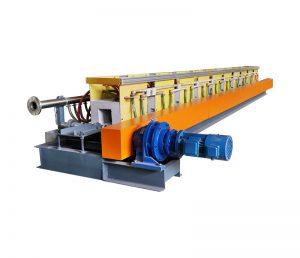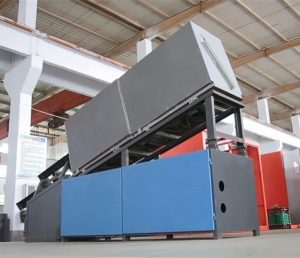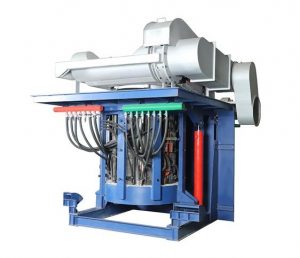Aluminum rod casting is a manufacturing process used to produce cylindrical rods or sticks made of aluminum. Aluminum rod horizontal casting is a specific type of aluminum rod casting process in which molten aluminum is poured into a flat mold to produce cylindrical rods or sticks. The process typically produces aluminum rods of different diameters and lengths.
Aluminum Rod Horizontal Casting Process
Here are some steps typically involved in the aluminum rod horizontal casting process:
Melting the Aluminum
The aluminum material is melted to a liquid state using a furnace or melting pot.
Preparing the Mold
A horizontal mold is prepared and coated with a release agent to prevent sticking or bonding between the mold and the aluminum. The mold is typically rotated and vibrated to ensure the aluminum fills the entire mold.
Pouring the Aluminum
Once the mold is prepared, the molten aluminum is poured into the mold using a ladle or tapping spout. The poured aluminum quickly takes the shape of the horizontal mold.
Cooling and Solidifying
After the mold is filled with molten aluminum, it is cooled using water or other cooling media which quickly solidifies the aluminum rod.
Breaking the Mold
Once the aluminum rod is solidified, the mold is broken or opened, and the aluminum rod is removed.
Cutting and Finishing
The aluminum rod is then cut to the desired size using a saw and then the ends of the rods are finished or polished as needed.
Aluminum Rod Horizontal Casting Advantages
Aluminum rod horizontal casting has several advantages over other types of casting processes. Here are some of the benefits of this process:
Greater Efficiency
Horizontal casting is a highly efficient process. By using high-speed casting, long lengths of the rod can be produced in a continuous process. The result is a high-volume production of aluminum rods.
Improved Quality Control
With horizontal casting, the process is highly automated and precision-controlled. Material flow and the cooling process can be easily monitored through sensors or meters, resulting in uniform diameters, smooth surfaces, and strong mechanical properties.
Reduced Waste
The horizontal casting process produces directional solidification which allows for thinner rod walls than other casting processes. This results in minimal wastage of raw materials.
Cost Savings
Horizontal casting also offers cost savings as it is a highly automated process that provides for long-time production runs and can handle the large-scale production of uniform products.
Versatility
The horizontal casting process can be adapted to produce rods with different lengths and diameters to meet diverse industrial requirements, providing versatility in product production.
Overall, the aluminum rod horizontal casting line is a quick and efficient way to produce straight, cylindrical aluminum rods that are used in various industries. The process is highly automated which allows for mass production of uniform aluminum rods with great precision.
